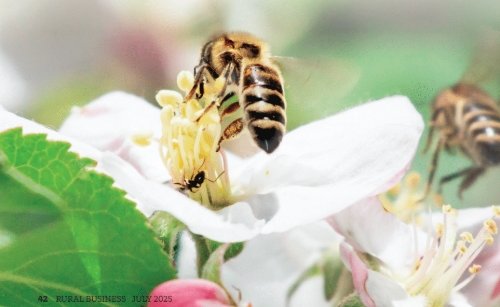If there is one thing we know for certain, it is aeration works.
We know that if you pass the right amount of the right quality air through any grain, nut or seed the product will dry to its equilibrium moisture level and stay there.
What we also know is that as long as the aeration system is active there will be no further development of mould, accumulation of toxins and the lifecycle of common insect pests will be slowed or halted altogether.
Correctly designed and controlled aeration is a virtual guarantee the quality of the product delivered for processing will be the best quality it can be.
So how do we know?
Since the early 1970’s various government and industry bodies from across the globe have invested in research, a lot of research. During the literature review phase PhD Mark White has discovered over 50 research papers on the topic of aeration.
Pleasingly this means there is data available for almost every grain, nut or seed grown at scale in global agriculture.
Almost every aspect of aeration has been explored from the physics of how air travels in stacked product to the properties of the ambient air required to achieve effective results.
We also have evidence of many years of successful operation by savvy farmers across the globe.
So what do we know?
1. Air is lazy and follows the path of least resistance. This means air travels away from its introduction point inside the stack equally in all directions until it is either exhausted from the stack or encounters a barrier. This is a key factor considered in distribution design and means a wide range of distribution methods are valid. It also means full floor aeration for silos is a personal choice rather than an operational necessity.
2. The more air you can pass through the stored product the faster the product will dry to its equilibrium moisture. But you can easily overshoot and over dry the product.
3. There is a volume limit for air flow. Each product will only release its moisture at a given rate for a specific temperature and relative humidity. In recent research the product dried at the same rate in the same conditions whether the fan was running at 100 per cent or 60 per cent - the extra 40 per cent was just a waste.
4. There is a speed limit for air flow. Too much energy in the air can cause tracking where the product is physically displaced causing the air to create a tunnel in the product and not flow through the product.
5. Backpressure multiplies quickly as the height of the product stack increases. This heavily influences fan selection and the achievable flow rates. It also rules out axial flow style fans in almost every application. It also means that aeration works best in storages that have a large diameter but are relatively short.
6. Both Vacuum and pressure aeration work, although vacuum requires about 30 per cent more energy for the same results as pressure.
7. Choosing the right ambient air for the stored products conditions can significantly reduce operational cost. In Australian research a change in fan and the introduction of a smart controller reduced the operational cost of holding barley under aeration by almost 70 per cent.
8. Its not just about silos. Aeration works equally well in bunkers and rings but struggles in simple on ground piles. Unfortunately, it has not been demonstrated to work in grain bags.
9. It's all about time. Using a smart controller means that, even with levels of air flow at the lower limit, the product is gently dried and quality is maintained. It just takes time.
Why should we focus on aerated storage now more than ever?
Everyone who works in agriculture knows weather is unpredictable and cruel.
What could have been a record harvest one day can be ruined by one big thunderstorm the next.
This means harvest needs to happen the very instant the product is at a moisture level that can be accommodated by the storage method.
Having a correctly designed aerated storage solution ensures harvest can happen earlier than ever before, and product quality will not be sacrificed in the process.
Smart aeration works to deliver a quality product, significantly reduces the chances of losses and this is the demonstration setup at AgVic smart farm Mildura.
We used this site to demonstrate the effectiveness of ambient aeration when applied to almonds.
Where to from here?
Producers should review their aeration system and their storage strategy.
Producers using grain bags should consider investing in aerated grain rings as they will have the most to gain from their investment.
Producers using silos should review their system performance and consider if their fan and controller combination is up to the challenge.
For bunker storage currently not aerated, producers should consider the value of an investment in aeration.




